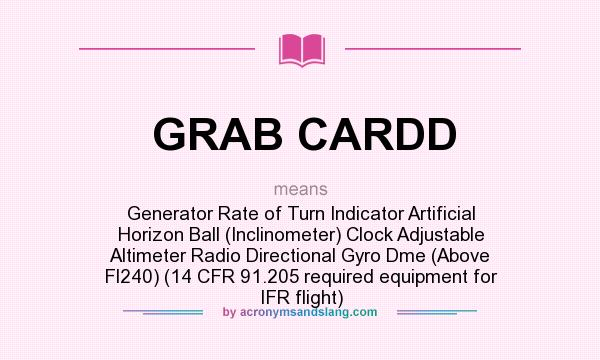

The Internet being somewhat too large a place for me, I looked at the answer by is close to mine as he does seem to consider that the adverb " clockwise" has a well defined meaning without further precision. (counter-)clockwise in 3D, there seems to be none to be found. When searching the web, or wikipedia, for a formal definition of The word "clockwise" is used more than 800 times on Īccording to the very approximative figures of google (I used:Ĭlockwise site:).


Also there is only one natural way to look at a clock, while there is no specific or normalized way to look at your hand, though having the thumb first is the natural position. At least there is only one kind of clocks (except for funny souvenirs), while there are two kinds of hands to add to confusion. To be honest I got actually very confused by John Rennie's answers, because I did not see the need to introduce yet another device, which you have to orient like the first, but not so naturally. I amĬertainly not an expert, I never could tell my left from my right,Įspecially after having physics classes, but I am looking for the It is the "if any" that gets me started on this topic. If you see one from the ground (preferably from the eye, and from inside a well-protected building) the rotation will be inverted.Īpparently, there seems to be no agreed upon definition of clockwise in 3D space - but an a clear agreement regarding the meaning in a plane "seen from above"Īs I am starting to answer, I have no idea what is the correct answer, Here of course you're supposed to look at them from above (e.g. $^1$One example of this is hurricanes, which are said to rotate (anti)clockwise in the (northern) southern hemisphere. Given a directed axis, put your right hand with your thumb pointing along the axis in the given direction, and then your fingers will point to the "positive" direction of rotation. It must also be noted that the "positive" direction of rotation is usually defined to be anticlockwise. Put your left hand on the page with your thumb toward you, and your fingers will be clockwise. This is equivalent to setting the plane normal "up", towards you. Put the page on the wall so you can read it, next to a clock whose face you can see its hands will move clockwise. when doing 2D analytical geometry), then there is a canonical way to understand the term. In your terms,Īdditionally, if the question is purely about a planar problem (i.e.

It coincides with the direction your fingers point to when you put your left hand in front of you with your thumb pointing towards you. This refers to the direction of rotation of the hands of a (normal, non-transparent) clock as you observe them. That said, a statement like "clockwise as seen from the top" is not ambiguous. (In more technical language, "clockwise" defines an order for two basis vectors for the plane, but does not specify a sign for the normal.) If you take a transparent clock mounted on a glass window, it will rotate clockwise or anticlockwise depending on what side of the window you're standing. The reason for this is that "clockwise" defines a direction of rotation within a plane, but does not specify which side the plane is observed from. Your confusion arises because the term (anti)clockwise, when used by itself, is ambiguous, and should always be used with a statement like "as seen from the top" (unless that is absolutely obvious$^1$).


 0 kommentar(er)
0 kommentar(er)
